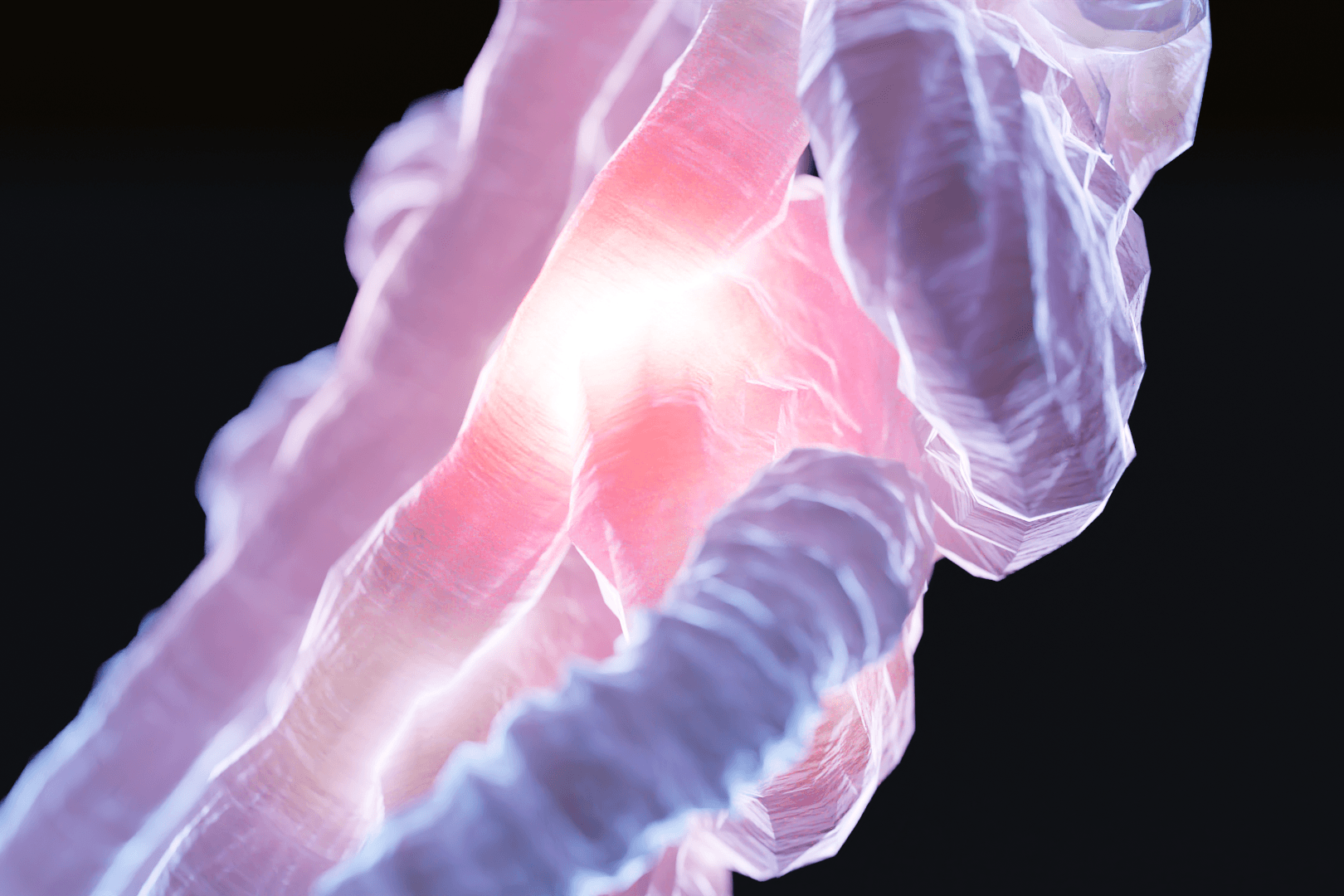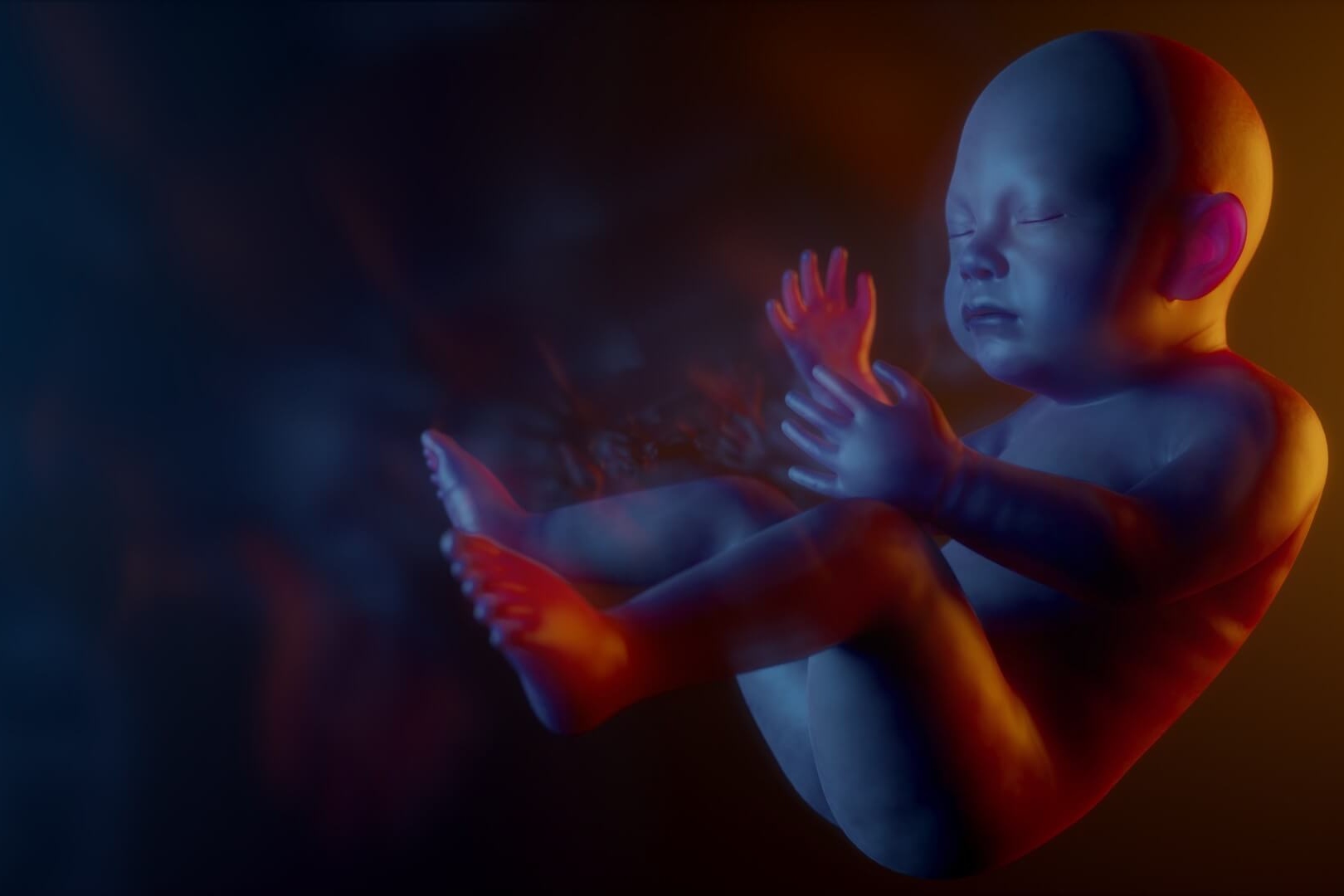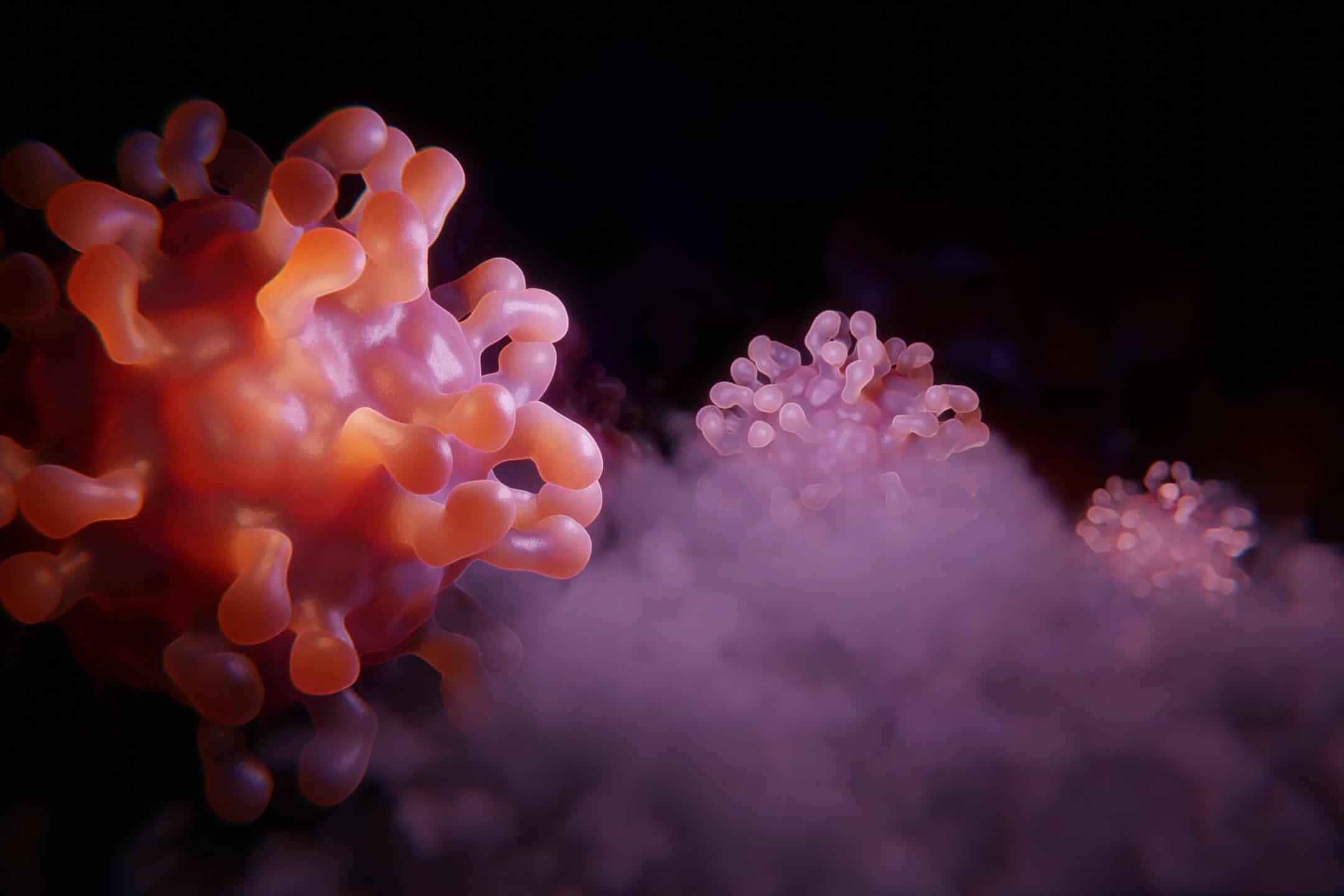3D medical animation is a powerful tool that is used to explain complex medical concepts and procedures in a visually compelling way. It involves the use of 3D modeling and animation techniques to create realistic and accurate visual representations of medical concepts and procedures. In this post, we will explore the basics of 3D medical animation, its uses and applications, and how it can help to improve medical education and communication.
What is 3D Medical Animation?
3D medical animation is a process that involves creating 3D models of medical concepts or procedures and then animating them to show how they work. This can include everything from the inner workings of the human body to the action of a specific medical device. The animation is typically created using specialized software, such as Autodesk Maya or Blender, and can be used for a variety of purposes, including medical education, marketing, and training.
Uses and Applications
One of the primary uses of 3D medical animation is to help explain complex medical concepts and procedures to a wide range of audiences. It can be used in medical education to help students and medical professionals better understand how the human body works and how different medical procedures are performed. It can also be used in marketing and advertising to help pharmaceutical companies and medical device manufacturers promote their products and educate their target audiences.
Another important use of 3D medical animation is in surgical planning and training. Surgeons can use 3D medical animations to practice and plan different procedures, allowing them to better understand the anatomy and the procedure, which can lead to better outcomes. 3D medical animation can also be used to train medical professionals on the proper use of new medical devices.
How it Can Improve Medical Education and Communication
3D medical animation is an effective way to communicate complex medical concepts and procedures in a way that is easy to understand. It allows viewers to see the inner workings of the human body and how different medical procedures are performed in a clear and concise way. This can help to improve medical education by making it more engaging and interactive, which can lead to better retention of information.
3D medical animation can also help to improve communication within the medical field. It can be used to create visual aids for presentations, which can help medical professionals to more effectively communicate their research and findings to their peers and colleagues. It can also be used to create educational videos and other forms of scientific communication, which can help to disseminate information more widely.
Conclusion
3D medical animation is a powerful tool that is used to explain complex medical concepts and procedures in a visually compelling way. It can be used for a variety of purposes, including medical education, marketing, and training. It is an effective way to communicate complex medical concepts and procedures in a way that is easy to understand, which can help to improve medical education and communication. With the increasing advancements in technology, 3D medical animation is becoming more and more realistic and accurate, which can lead to better understanding and better outcomes in the medical field.


